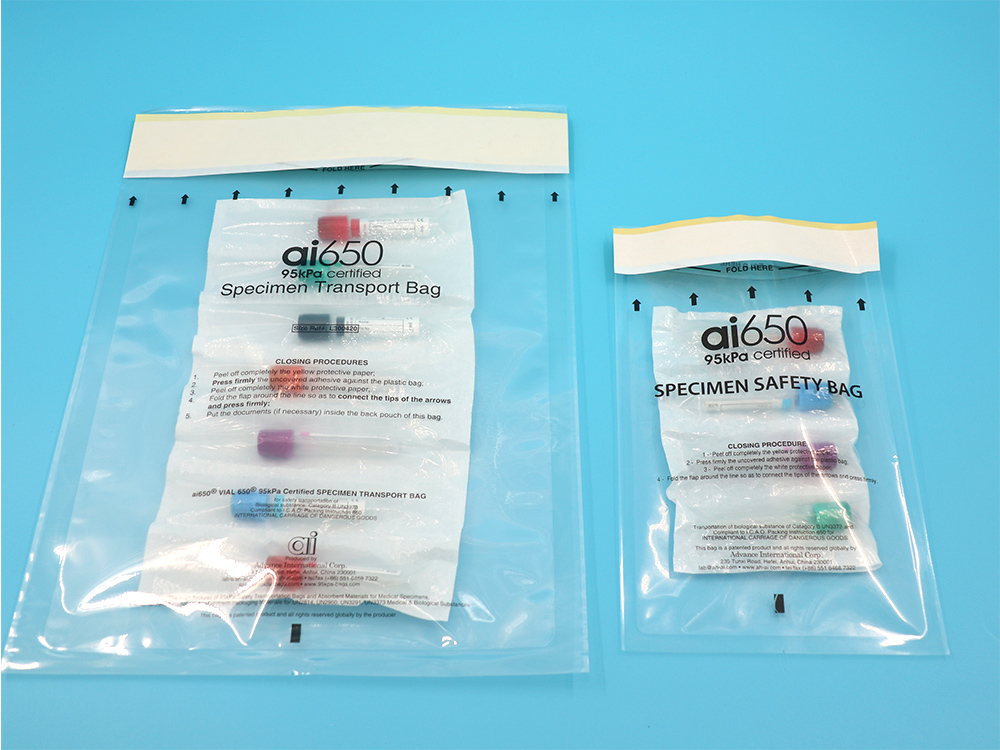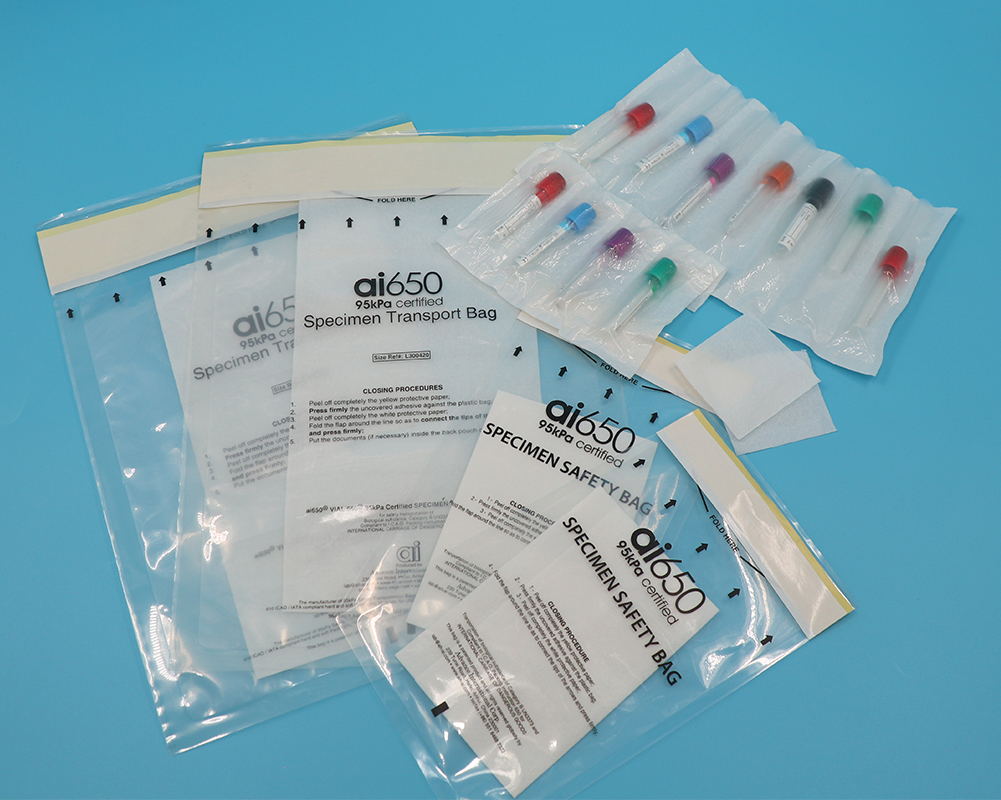Biological Sample Storage and Management
Introduction
A key step in biological research is to collect and collect samples, and store them for future inspection and analysis.
Due to the time elapsed between sample collection and analysis, and the fact that biological samples Storage typically degrade over time
it is necessary to have an efficient storage process (short-term and long-term) and maintain sample integrity for a period of time.
Nowadays, billions of biological specimens and samples collected
by researchers in academia, research institutions, hospitals, and commercial institutions
are usually stored in low-temperature environments
(refrigerated containers at around 40 ° C,
low-temperature and ultra-low temperature freezers from -50 ° C to -800 ° C,
and liquid nitrogen at -1700 ° C).
Current best practices of cold biological samples storage
In the United States alone, more than 40,000 individual research laboratories located on university campuses are advancing the biological and biomedical fields.
Researchers in these labs collect large numbers of biological samples from clinical and field studies, some of which are irreplaceable,
all of which have tremendous scientific and financial value to researchers and organisations (universities, research institutes, biotech/pharmaceutical companies, biobanks, etc.).
The cost of each sample collected ranges from a few dollars to $10,000.1
Currently, more than one billion samples (DNA, RNA, cells, clones, tissues and organs, blood, buccal swabs, etc.)
are collected and stored in thousands of research laboratories and biobanks worldwide.
These samples are of high value to researchers, and current research trends are driving the growth of these samples at an ever-increasing rate.



No responses yet